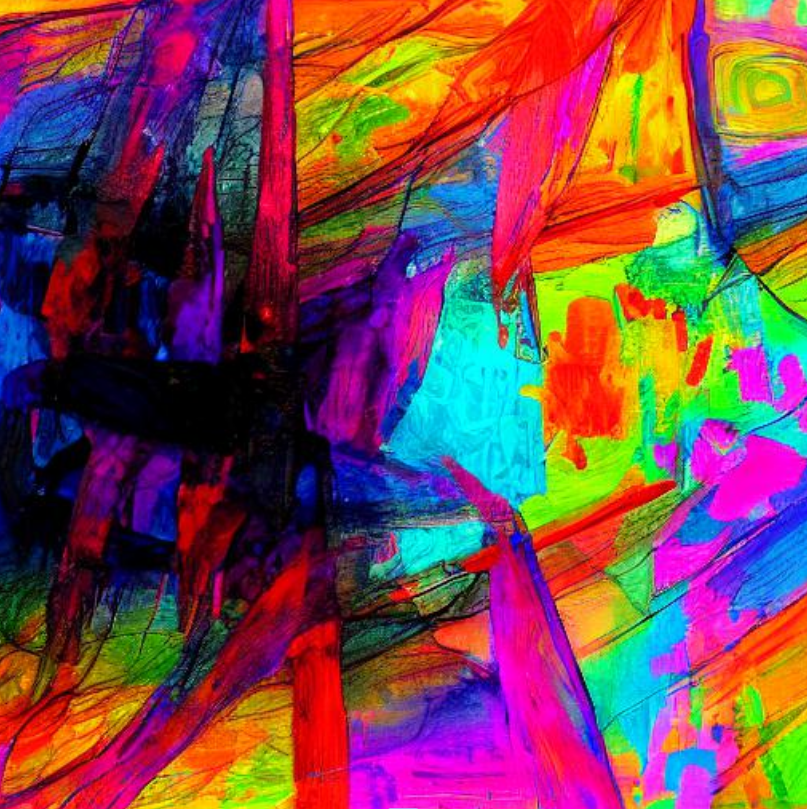
Oil painting is a technique that has been used by artists for centuries. It involves the use of pigments suspended in a medium of drying oils, such as linseed oil, to create a painting. The medium allows the pigments to be spread easily across a surface, and the slow-drying nature of the oils allows the artist to make changes and corrections over a period of time.
The origins of oil painting can be traced back to the 15th century in Northern Europe, specifically in the Netherlands. Early oil paintings were primarily used for panel paintings, particularly altarpieces, and other religious works. The technique quickly spread throughout Europe and was adopted by many artists, including Jan van Eyck, who is credited as one of the first artists to use oil painting extensively. He used the technique to create his famous work “The Arnolfini Wedding.”
During the 16th and 17th centuries, oil painting became increasingly popular as a medium for portraiture, landscapes, and still lifes. Artists such as Titian, Rembrandt, and Vermeer all used oil painting to create some of their most famous works. The technique allowed them to create a greater level of realism and detail, and the slow-drying nature of the oils allowed them to make changes and corrections over time.
In the 18th and 19th centuries, oil painting continued to evolve and diversify. The invention of new pigments and paint tubes allowed artists to work outside of the studio, and the rise of Impressionism and other movements saw the use of oil painting being used in new and exciting ways. Artists such as Monet and Cézanne used the medium to capture the changing light and atmosphere of the outdoors, while the Post-Impressionists, such as Van Gogh, used bold colors and thick brushstrokes to create emotive works.
Today, oil painting is still widely used by artists all over the world. Many artists prefer the medium for its versatility and the ability to create a wide range of effects, from smooth and realistic to rough and textured. The medium also allows for a slow drying time, which gives the artist time to make changes and corrections as they paint.